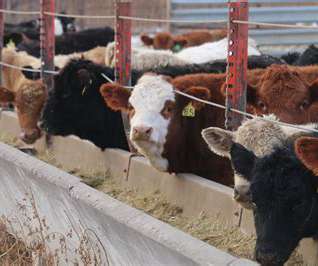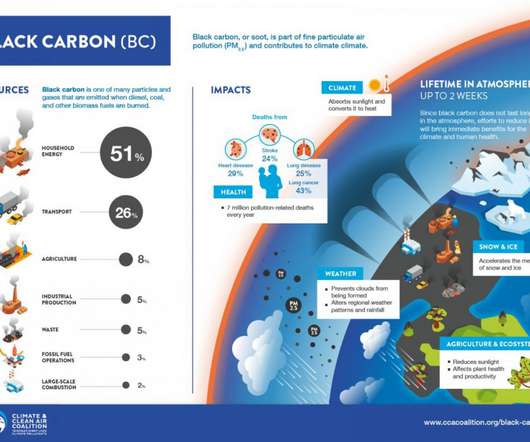Nearly Half of US Breathes Unhealthy Levels of Pollution—Cars and Trucks Largely to Blame
Union of Concerned Scientists
MAY 21, 2025
Between 1990 and 2020, national concentrations of ozone were reduced by 25 percent, but this progress is eroding. Ozone is produced from precursors in the presence of ultraviolet radiation from sunlight, and global warming creates conditions favorable to ozone formation by accelerating chemical reactions.











Let's personalize your content